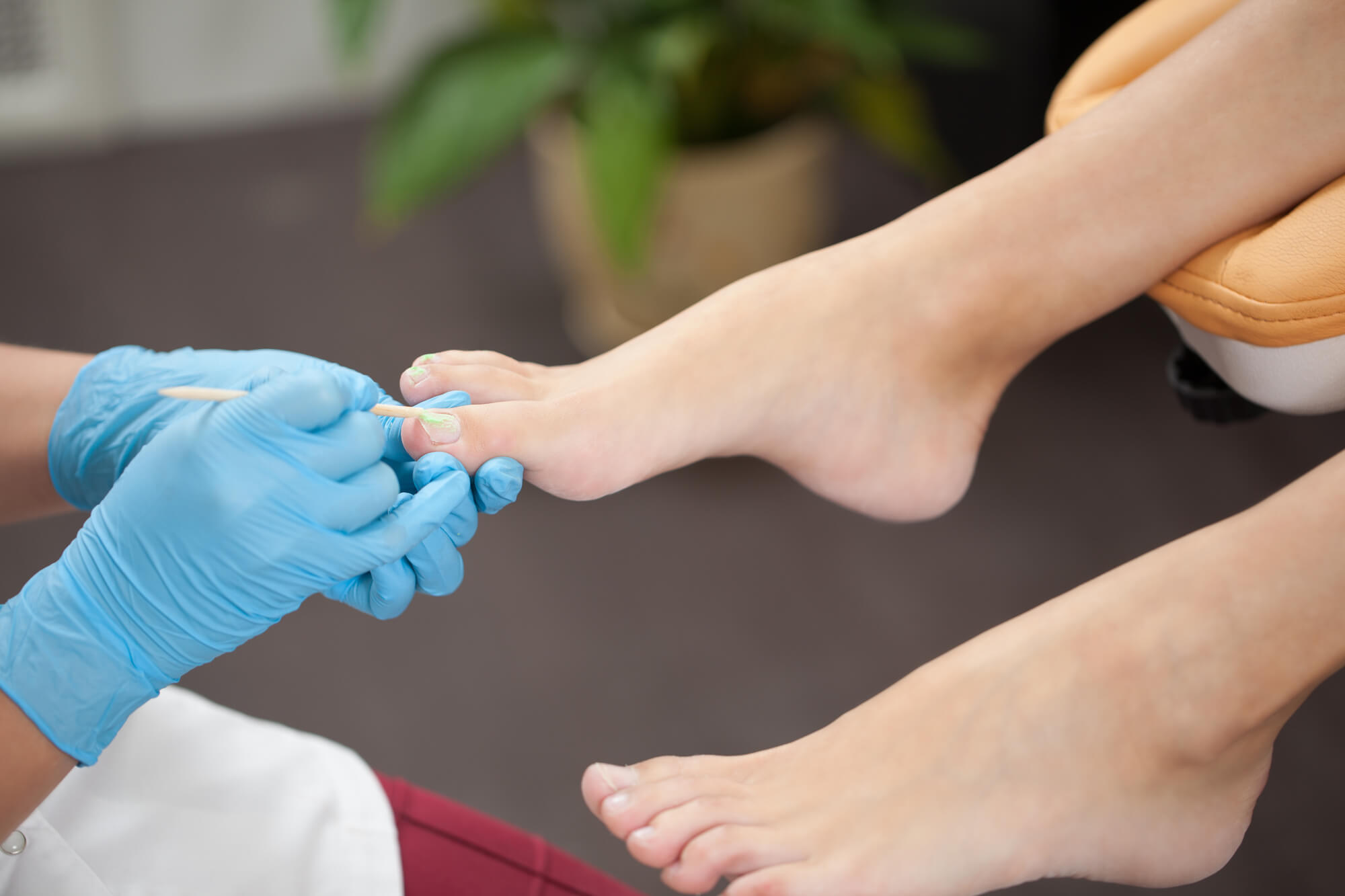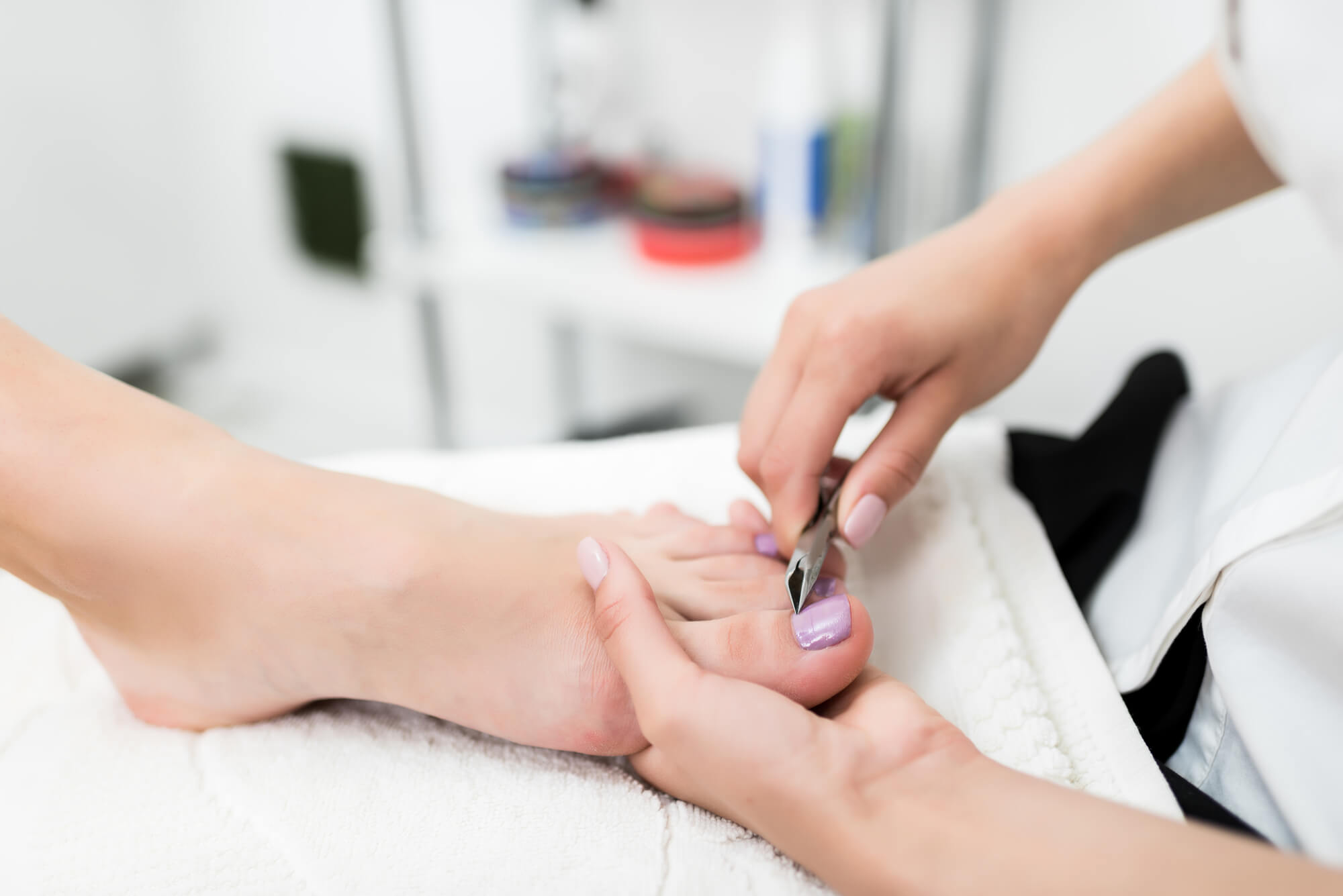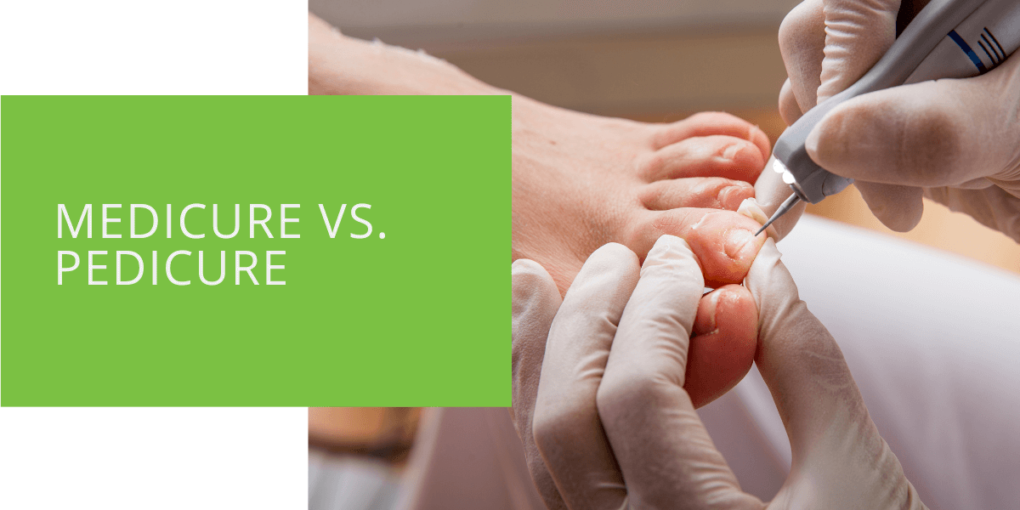Medicure vs. Pedicure
Our feet and nails play a vital role in our daily lives, carrying us from place to place and helping us to stay active and healthy. That's why taking good care of them is important, whether through regular at-home foot care or professional treatments like medicures and pedicures. While these terms might sound similar, they refer to two types of foot care treatments that offer different benefits and potential risks.
This article will explore the differences between medicures and pedicures and help you decide which is right. We'll also provide tips on choosing a qualified provider, keeping your feet healthy and happy, and avoiding common pitfalls in nail care. So, whether you're dealing with chronic foot conditions or looking to spruce up your nails, read on to learn more about the benefits and risks of medicures and pedicures!
What Is a Medicure?
A medicure is a specialized medical treatment for the feet typically performed by a podiatrist or other medical professional. Unlike a pedicure, which focuses on the cosmetic appearance of the nails and skin, a medicure is designed to address specific foot health concerns. Some common conditions that may be treated with a medicure include fungal infections, ingrown toenails, calluses, and foot ulcers.
The specific methods used in a medicure depend on the patient's needs and the provider's expertise. However, some common components of a medicure may include cutting and filing toenails, removing dead skin and calluses, treating fungal infections with antifungal medication, and providing specialized foot care products. Sometimes, a medicure may involve using specialized medical equipment, such as lasers or ultrasound machines.
One potential downside of medicures is that they can be more expensive than pedicures since they are typically performed by medical professionals who require specialized training and equipment. However, for patients with chronic foot conditions, a medicure may be the best option for long-term foot health.

What Is a Pedicure?
A pedicure is a cosmetic treatment for the feet and toenails typically performed at a nail salon, spa, or another non-medical facility. While a pedicure may provide some health benefits, such as improved blood circulation and relaxation through foot massage, its primary focus is on the aesthetic appearance of the nails and skin.
During a pedicure, a nail technician typically soaks the feet in warm water, removes any old polish, pushes back or trims the cuticles, shapes the toenails, and applies new polish. Some pedicures may also include additional treatments, such as a foot massage, paraffin wax treatment, or gel polish application. French manicures, which involve painting the tips of the nails white and the rest of the nails with a sheer pink or beige shade, are a popular type of pedicure.
While pedicures can be a relaxing and enjoyable experience, they do carry some potential risks. One of the biggest risks of getting a pedicure is contracting a fungal infection, either from unsanitary equipment or soaking the feet in contaminated water. In addition, pedicures can damage the skin and nails if not performed correctly, leading to dry skin, cuticles, or even ingrown toenails.
Comparison of Medicure vs. Pedicure
So, which one is right for you: a medicure or a pedicure? The answer depends on your individual needs and goals. If you are experiencing foot pain, have a chronic foot condition, or suspect a fungal infection, a medicure is likely the best option. A qualified podiatrist can diagnose and treat your condition, helping you to avoid potential complications and long-term health problems.
If, on the other hand, you are primarily interested in the cosmetic appearance of your nails and skin, a pedicure may be the better choice. However, choosing a reputable nail salon or spa that uses high-quality equipment and follows strict sanitation protocols is important. Look for a nail technician who has received proper training and certification, and make sure they use fresh tools and implements for each client.
It's also important to communicate your needs and concerns with your provider. Let them know if you have any allergies, sensitivities, or chronic conditions that may affect the treatment. If you have concerns about sanitation or hygiene, don't hesitate to ask questions or speak up if you notice any red flags.

Safety and Hygiene Considerations
In addition to choosing a qualified provider, you can take several other steps to ensure a safe and healthy pedicure or medicure experience. These include:
- Avoiding at-home medicures or pedicures can be risky and may lead to injury or infection.
- Taking care of your feet and nails at home by practicing good hygiene, using moisturizing lotion, and trimming your toenails regularly.
- Wearing clean, dry socks and well-fitting shoes to promote healthy blood circulation and prevent fungal infections.
- Avoiding walking barefoot in public places, such as swimming pools or locker rooms, can increase the risk of contracting a fungal infection.
- Keeping your nails clean and dry, and avoiding biting your nails or picking at your cuticles, can damage the skin and increase the risk of infection.
By following these tips and choosing a qualified provider, you can help ensure that your medicure or pedicure experience is safe, enjoyable, and beneficial for your foot health and aesthetics.
Conclusion
Medicures and pedicures are two distinct foot care treatments offering different benefits and potential risks. While a medicure is a medical treatment that can address specific foot health concerns, a pedicure is a cosmetic treatment that focuses on the appearance of the nails and skin. By choosing a qualified provider, communicating your needs and concerns, and practicing good foot hygiene, you can enjoy the benefits of these treatments while minimizing the risk of potential complications. Remember, healthy feet are happy feet, so take care of them and enjoy the benefits of regular medicures or pedicures!

